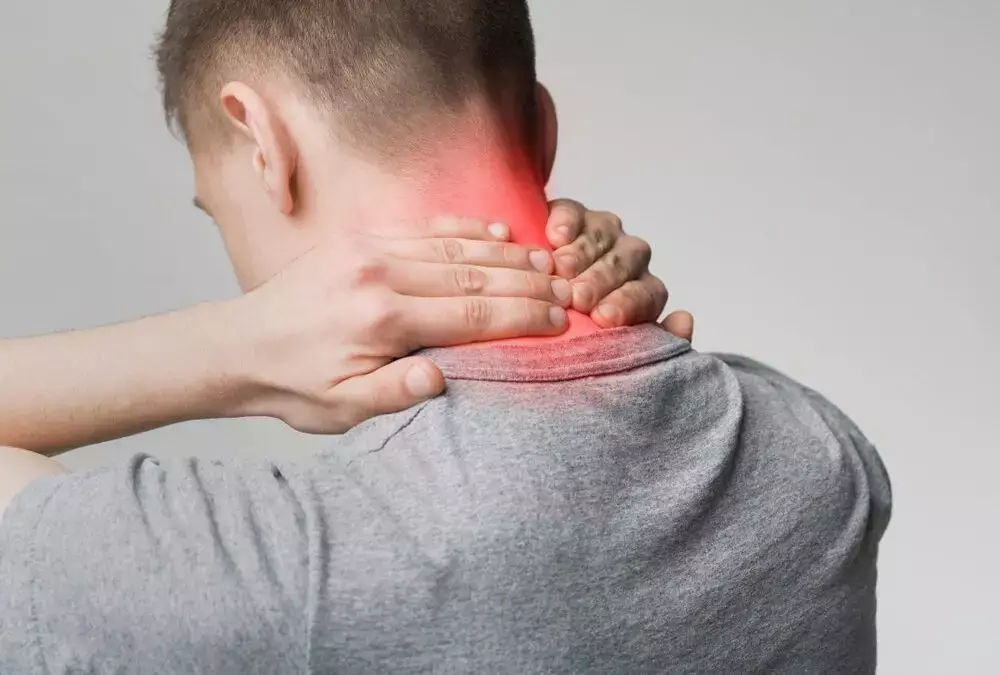- Home
- Medical news & Guidelines
- Anesthesiology
- Cardiology and CTVS
- Critical Care
- Dentistry
- Dermatology
- Diabetes and Endocrinology
- ENT
- Gastroenterology
- Medicine
- Nephrology
- Neurology
- Obstretics-Gynaecology
- Oncology
- Ophthalmology
- Orthopaedics
- Pediatrics-Neonatology
- Psychiatry
- Pulmonology
- Radiology
- Surgery
- Urology
- Laboratory Medicine
- Diet
- Nursing
- Paramedical
- Physiotherapy
- Health news
- Fact Check
- Bone Health Fact Check
- Brain Health Fact Check
- Cancer Related Fact Check
- Child Care Fact Check
- Dental and oral health fact check
- Diabetes and metabolic health fact check
- Diet and Nutrition Fact Check
- Eye and ENT Care Fact Check
- Fitness fact check
- Gut health fact check
- Heart health fact check
- Kidney health fact check
- Medical education fact check
- Men's health fact check
- Respiratory fact check
- Skin and hair care fact check
- Vaccine and Immunization fact check
- Women's health fact check
- AYUSH
- State News
- Andaman and Nicobar Islands
- Andhra Pradesh
- Arunachal Pradesh
- Assam
- Bihar
- Chandigarh
- Chattisgarh
- Dadra and Nagar Haveli
- Daman and Diu
- Delhi
- Goa
- Gujarat
- Haryana
- Himachal Pradesh
- Jammu & Kashmir
- Jharkhand
- Karnataka
- Kerala
- Ladakh
- Lakshadweep
- Madhya Pradesh
- Maharashtra
- Manipur
- Meghalaya
- Mizoram
- Nagaland
- Odisha
- Puducherry
- Punjab
- Rajasthan
- Sikkim
- Tamil Nadu
- Telangana
- Tripura
- Uttar Pradesh
- Uttrakhand
- West Bengal
- Medical Education
- Industry
Rare case of Chronic inflammatory demyelinating polyradiculoneuropathy presenting as neck pain and gait imbalance

Chronic inflammatory demyelinating polyradiculoneuropathy (CIDP) is an uncommon cause of neck pain and radiculopathy that can be easily misdiagnosed.
The lack of diagnostic criteria makes the diagnosis of such cases challenging. However, the correlation between clinical presentation with laboratory and radiological findings can help diagnose these patients. Surgical decompression is rarely indicated in the absence of any cause of neuronal compression. Medical treatment of CIDP is currently the main line of treatment.
A 32-year-old right-hand-dominant male, working as a private driver, presented to our spine clinic with chronic neck pain associated with progressive left upper limb weakness. His symptoms were accompanied by an 8-year history of gait imbalance, which had previously led to a traumatic left ankle fracture requiring surgical fixation 4 years prior. The weakness in his left upper limb was insidious in onset, gradually progressive, and associated with numbness and tingling sensation in both hands. The patient denied any history of dizziness, headache, photophobia, palpitation, bowel or bladder disturbance, or saddle anesthesia.
On examination, the patient exhibited a bilateral resting tremor and a wide-base gait imbalance, though he could walk unassisted. There was no visible spine deformity, but he had a painful cervical range of motion. Neurological findings included a positive Romberg test, difficulty with the heel-to-toe walk, a positive Lhermitte sign, and positive Tinel and Durkan compression tests bilaterally.
Deep tendon reflexes were absent in all limbs, and muscle strength in the left upper limb was graded as 4/5 in a non-myotomal distribution, compared to 5/5 in the right upper limb. Lower limb strength was 5/5 across all myotomes. Notably, there was no rigidity in neurological examinations.
MRI of the cervical spine revealed hypertrophied cervical nerve roots. Subsequently, the patient was referred to a neurologist for further evaluation. Laboratory investigations, including a complete blood count and renal function tests, were within normal limits on admission. CSF analysis revealed no cellular abnormalities, and no organisms were identified.
The patient was diagnosed with chronic inflammatory demyelinating polyradiculoneuropathy (CIDP) and initiated intravenous immunoglobulin (IVIG) therapy. He received an initial course of IVIG at a dose of 0.4 g/kg daily for 5 days, followed by maintenance therapy of 60 mg monthly for 6 months. Clinically, he demonstrated moderate improvement, significantly reducing neck pain and better balance.
However, slight residual upper limb weakness persisted, though it did not affect his daily activities. He has been on regular follow-ups with the neurologist over the past 2 years. He experienced occasional symptom relapses, requiring additional monthly IVIG infusions.
The authors concluded – “CIDP is a rare neurological disease that can lead to gait imbalance. Although spinal cord compression is the most common and important cause of spine pain associated with numbness and limb weakness, spine surgeons should be aware of other conditions, such as CIDP, that can present with signs and symptoms similar to spinal cord compression and myelopathy. Early identification and treatment will lead to better clinical outcomes.”
Further reading:
Rare cause of neck pain and gait imbalance: a case report Isam Sami Moghamis et al International Journal of Research in Orthopaedics Int J Res Orthop. 2025 May;11(3):620-623
MBBS, Dip. Ortho, DNB ortho, MNAMS
Dr Supreeth D R (MBBS, Dip. Ortho, DNB ortho, MNAMS) is a practicing orthopedician with interest in medical research and publishing articles. He completed MBBS from mysore medical college, dip ortho from Trivandrum medical college and sec. DNB from Manipal Hospital, Bengaluru. He has expirence of 7years in the field of orthopedics. He has presented scientific papers & posters in various state, national and international conferences. His interest in writing articles lead the way to join medical dialogues. He can be contacted at editorial@medicaldialogues.in.


